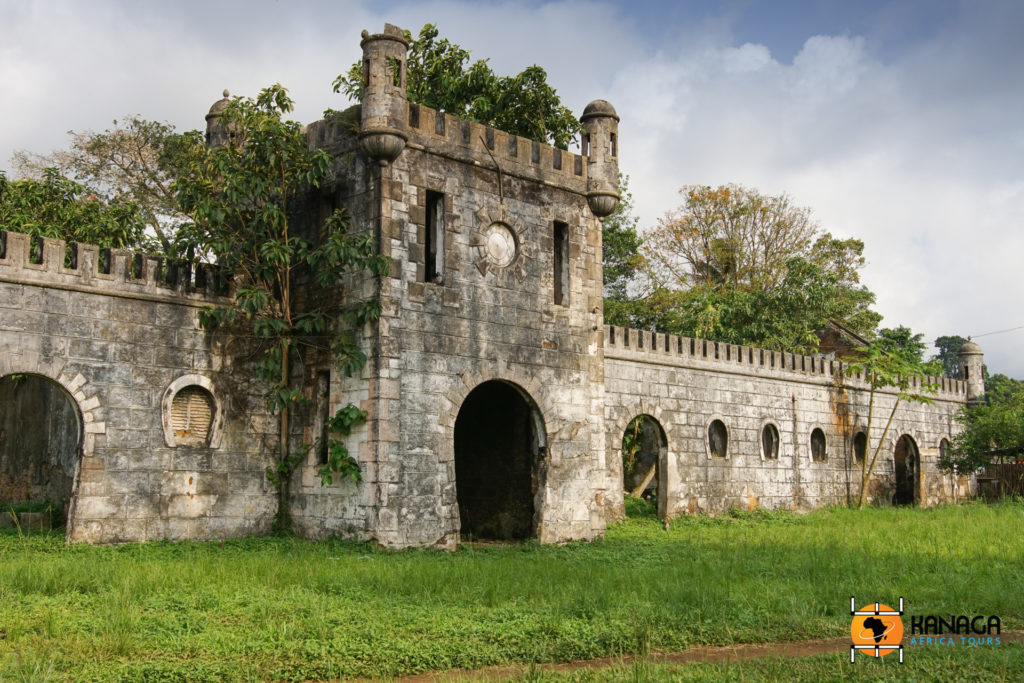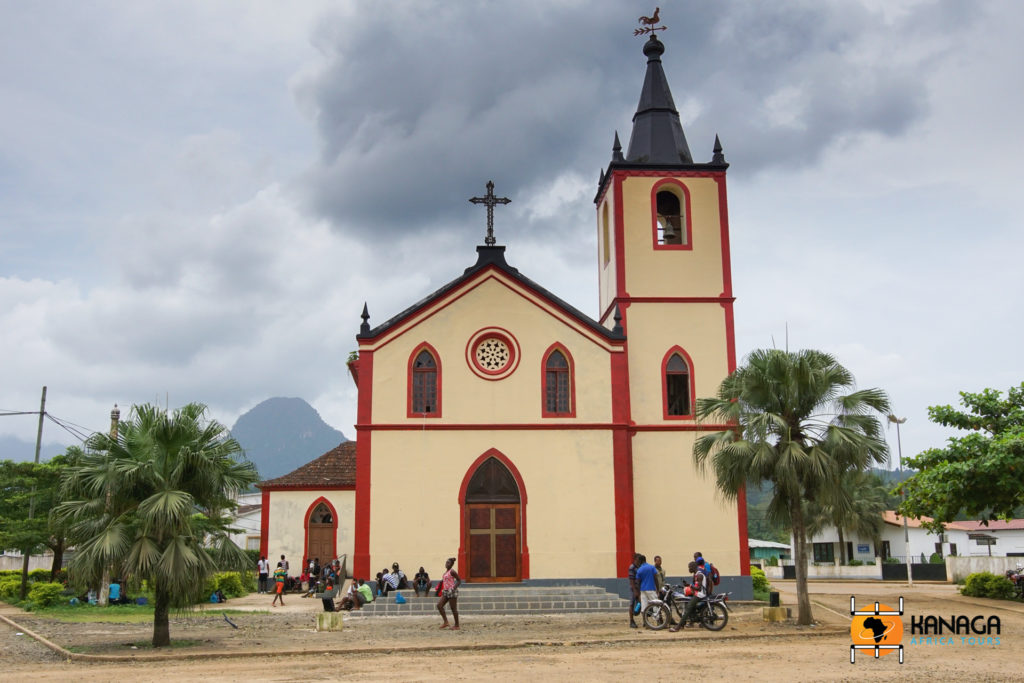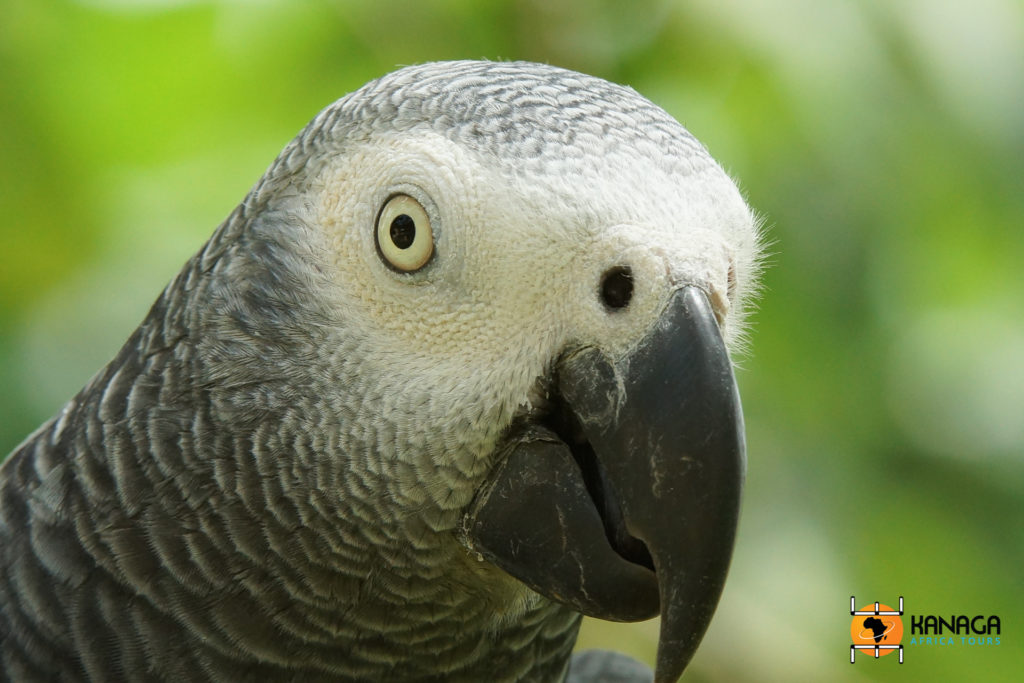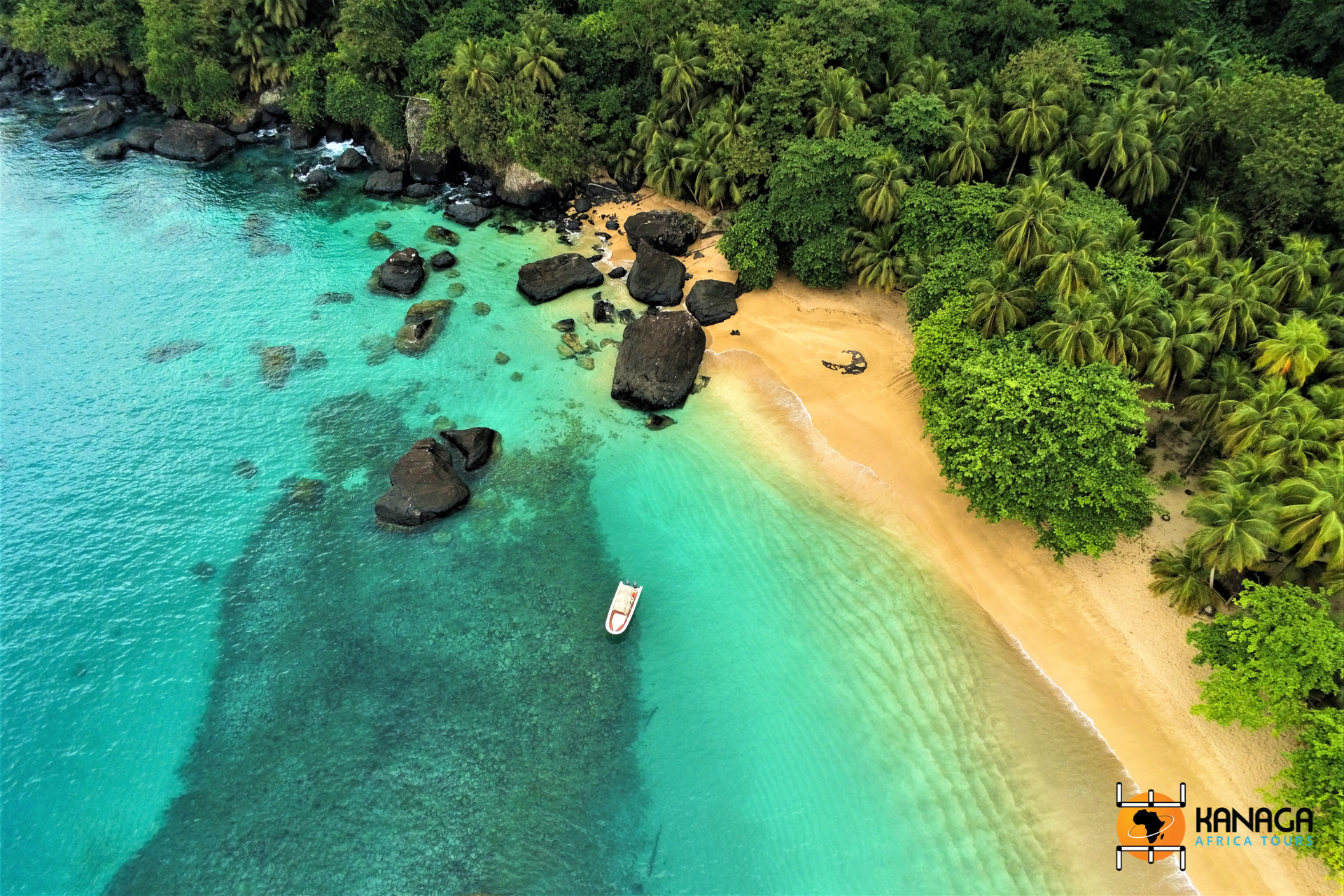The remote Principe island, located about 130 km north of São Tomé, was the last of the two to be colonised by Portuguese outposts. Although its historical vicissitudes are similar to those of São Tomé, geographically and morphologically it has some differences.
Less rugged and inaccessible than São Tomé, its beautiful sea bays and unspoilt beaches are just as wild and paradisiacal. There are also far fewer people, making it an absolute must-see.
On the island, which is inhabited by around 8,000 people, time seems to stand, and the roças that dot the island’s rugged nature look like the tropical film set of a historical film about Portuguese colonisation.
The roças Belo Monte, Porto Real and Sundy, in their fascinating decadence, are the best preserved, transformed into a kind of village for the less wealthy families, descendants of the ancient slaves (called Forro).
Apart from the capital Santo Antonio and the airport, the island is almost uninhabited, except for a few small traditional fishing villages. With primeval forests, palm-fringed stretches of golden sand, volcanic peaks, islets and crystal-clear waters, in Principe you feel lost in the sea, like Robinson Crusoe on a desert island, in a place of timeless charm.
To the north of the island are the breathtaking beaches and bays, some of the most beautiful in the archipelago, such as the enchanting Bom Bom islet, connected to the mainland by a wooden bridge, and the spectacular Praia Banana, so wild and deserted that it was featured in a Bacardi commercial, named for its particular shape, reminiscent of the tropical fruit so dear to this land. Further south, the immense Bahia das Agulhas is a must, with its pristine waters where humpback whales and schools of dolphins are often seen.







